X
Electric hoists represent their own machinery, strength, and toughness, while the stage is elegant, flowing, and soft, with conflicts and collisions between the two.
Stage electric hoists are valuable aids in building stage scenes and presenting performances. They play a crucial role in various settings, such as theaters, concerts, opera houses, dance venues, and
Category : V7 Stage Electric Series
Get a Quote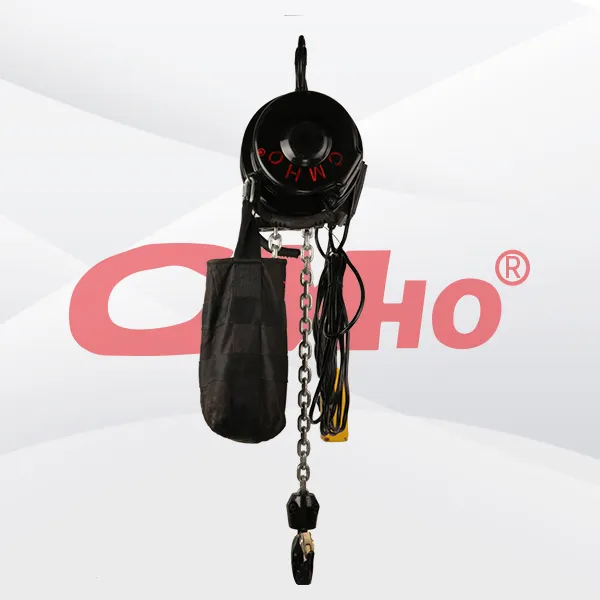
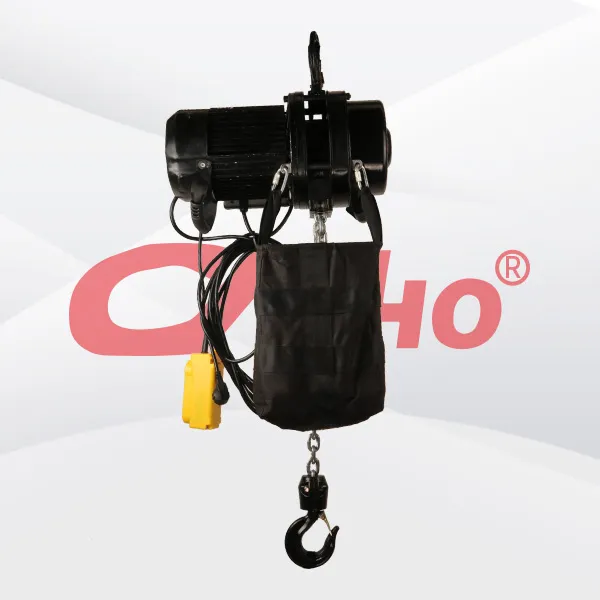



Product Details
The stage electric hoist is mainly composed of parts such as the motor, transmission mechanism, drum, brake, and control system. Its operating principle involves multiple aspects such as electric drive, mechanical transmission, and braking control. The details are as follows: Principle of Electric Drive The stage electric hoist uses the motor as a power source to provide the energy required for operation. After the motor is connected to the power supply, according to the principle of electromagnetic induction, the stator winding generates a rotating magnetic field. Under the action of the rotating magnetic field, the rotor winding generates an induced current, and then an electromagnetic force is generated, causing the rotor to rotate. By controlling the power on - off, voltage magnitude, and frequency of the motor, the rotational speed and direction of the motor can be controlled, thereby achieving functions such as the lifting, lowering, and speed adjustment of the electric hoist. Principle of Mechanical Transmission - Speed - reduction Transmission: The rotational speed output by the motor is usually high, but the output torque is relatively small, which cannot directly meet the requirements of lifting heavy objects. Therefore, a speed - reduction mechanism is needed to reduce the rotational speed and increase the torque. Common speed - reduction mechanisms include gear reducers, worm - gear reducers, etc. These reducers use the meshing transmission between gears of different sizes or between worms and worm gears to convert the high - speed and low - torque output of the motor into a low - speed and high - torque output suitable for lifting heavy objects. - Drum Transmission: The power after speed reduction is transmitted to the drum. The drum is a cylindrical component, and a steel wire rope or chain is wound around the drum. When the drum rotates, the steel wire rope or chain will be wound or unwound along with the rotation of the drum, thereby driving the hook and the heavy object to rise or fall. The diameter and rotational speed of the drum determine the lifting speed and height of the heavy object. By reasonably designing the parameters of the drum, the requirements for lifting heavy objects in different stage scenes can be met. Principle of Braking The stage electric hoist is equipped with brakes to stop the operation of the electric hoist when needed and keep the heavy object in a fixed position. Common brakes include electromagnetic brakes and mechanical brakes. - Electromagnetic Brake: Usually installed between the motor and the reducer, when the electric hoist needs to brake, the electromagnetic coil of the electromagnetic brake is powered off. Under the action of the spring force, the brake pads tightly hold the brake wheel, thus preventing the rotation of the motor and achieving braking. The electromagnetic brake has advantages such as rapid braking and sensitive action, and can stop the operation of the electric hoist in a short time. - Mechanical Brake: Generally used as a safety backup device, when the electromagnetic brake fails, the mechanical brake can come into play. The mechanical brake usually uses the friction between the friction plate or brake block and the drum or drive shaft to achieve braking. Through the adjustment of the mechanical structure, the friction plate or brake block can be brought into close contact with the drum or drive shaft when needed, generating sufficient braking torque to prevent the heavy object from falling. Principle of Control The control system of the stage electric hoist is used to achieve various operations and controls of the electric hoist. The control system usually includes components such as operation buttons, controllers, and sensors. - Operation Buttons: Operators send commands to the controller through the operation buttons, such as lifting, lowering, and stopping. The operation buttons generally adopt a safety - oriented design, with good tactile feel and reliability to ensure that operators can accurately send operation commands. - Controller: Receives the commands sent by the operation buttons and controls the operation of the motor according to the commands. The controller can adopt methods such as relay control and PLC control to precisely control the power on - off, forward and reverse rotation, and speed adjustment of the motor. At the same time, the controller can also be linked with other stage equipment to achieve more complex stage effects.
- Sensors: Used to detect the operating status of the electric hoist, such as lifting height and lifting weight. When the lifting height of the electric hoist reaches the set value or the lifting weight exceeds the rated value, the sensor will send a signal to the controller. After receiving the signal, the controller will immediately stop the operation of the electric hoist to ensure the safety of the equipment and personnel.

RELATED PRODUCTS .
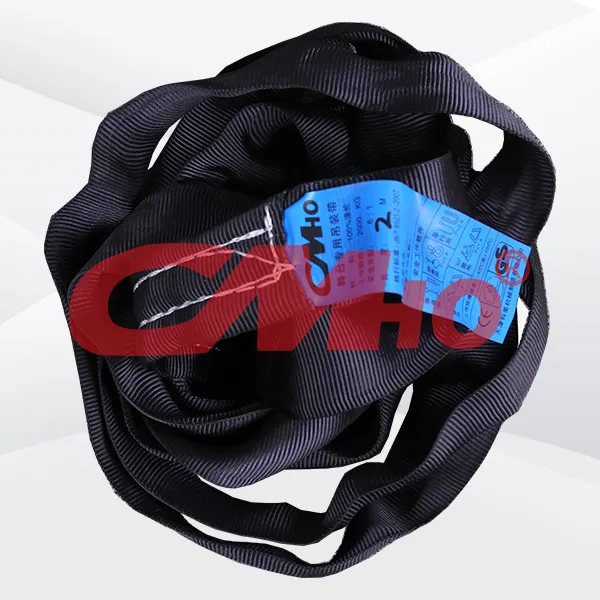

The flexible lifting sling is a kind of lifting tool used in lifting operations. It is usually made of high-strength fiber materials or metal ropes with a flexible outer layer. It has the characterist
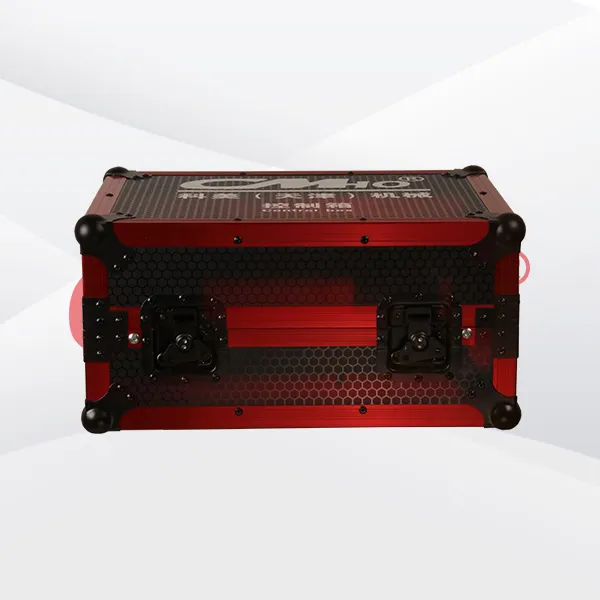
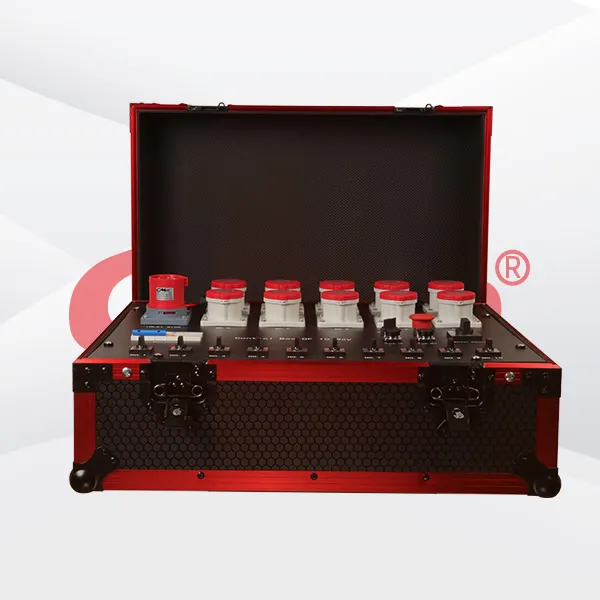
The truss hoist controller, relying on its precise algorithm, can synchronously and accurately manipulate dozens of hoists to lift and lower in coordination. It makes the stage mechanical devices coop
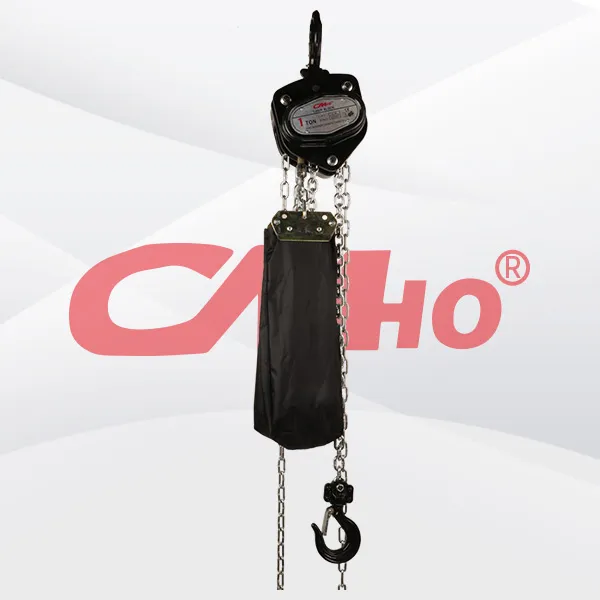
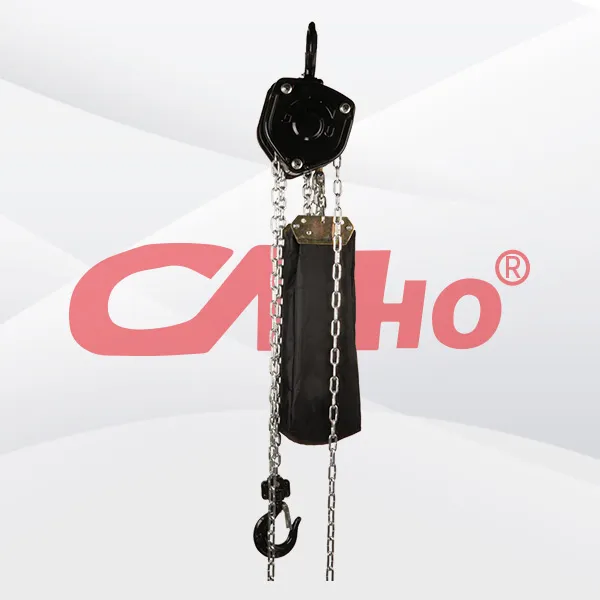
The manual stage chain hoist is easy to operate. Even volunteers who are new to stage equipment can quickly get the hang of it and complete the lifting and lowering work of small props.
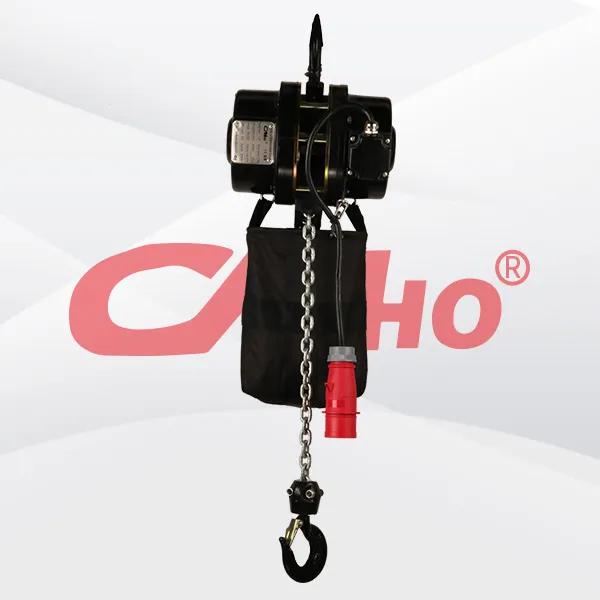
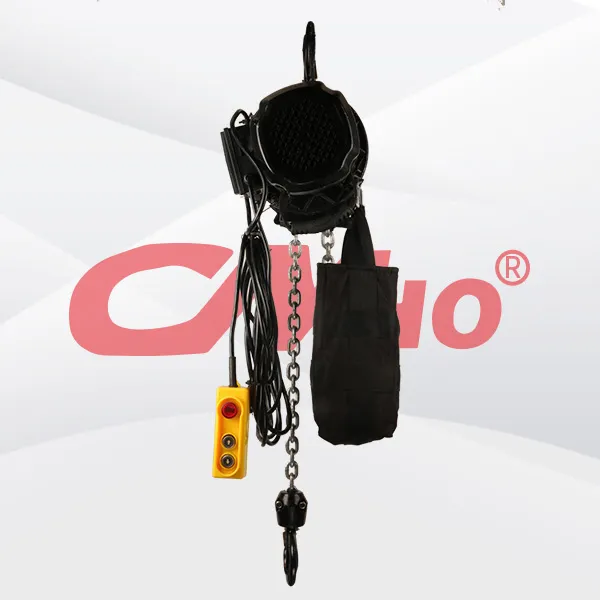
Advanced stage winches usually utilize electric motors or hydraulic systems to provide power, and achieve the lifting, lowering, and positioning of heavy objects through a series of mechanical transmi
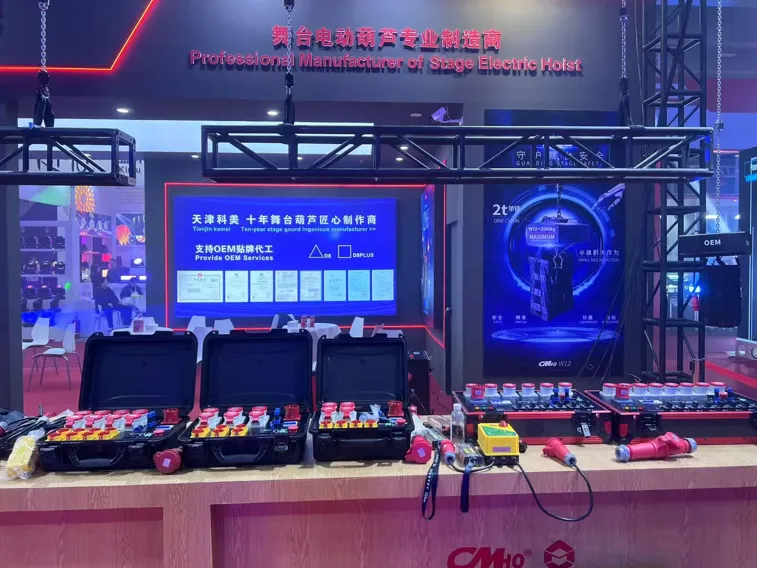
2025-02-28
创始人
0
The participation of Tianjin Kemei in the Guangzho...
Tianjin Kemei made a remarkable and eye-catching appearance at the Guangzhou (International) Performing Arts Equipment, Intelligent Acoustic, Optical and Electrical Products...
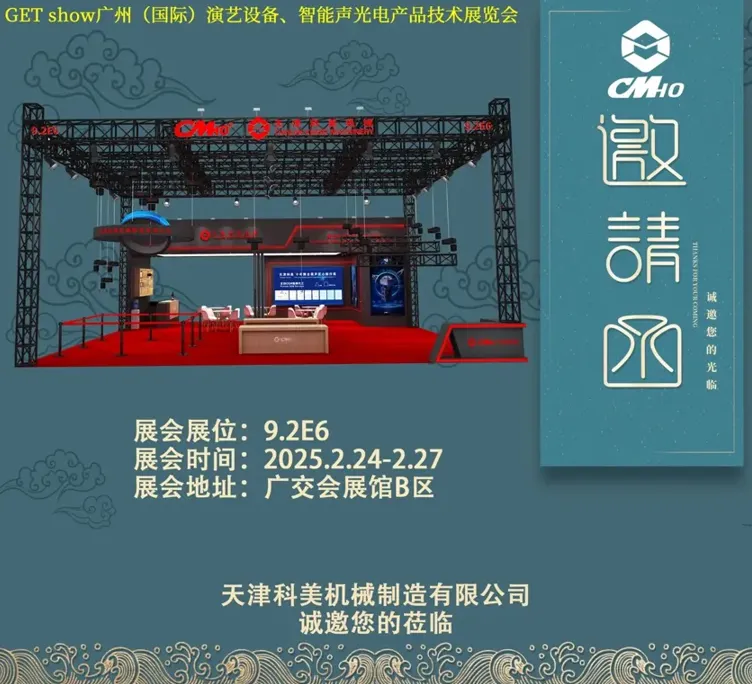
2025-02-27
创始人
0
Guangzhou (International) Performing Arts Equipmen...
In the era of the rapid development of stage lifting equipment and intelligent acousto - optic technology, every industry event serves as a crucial opportunity for innovatio...
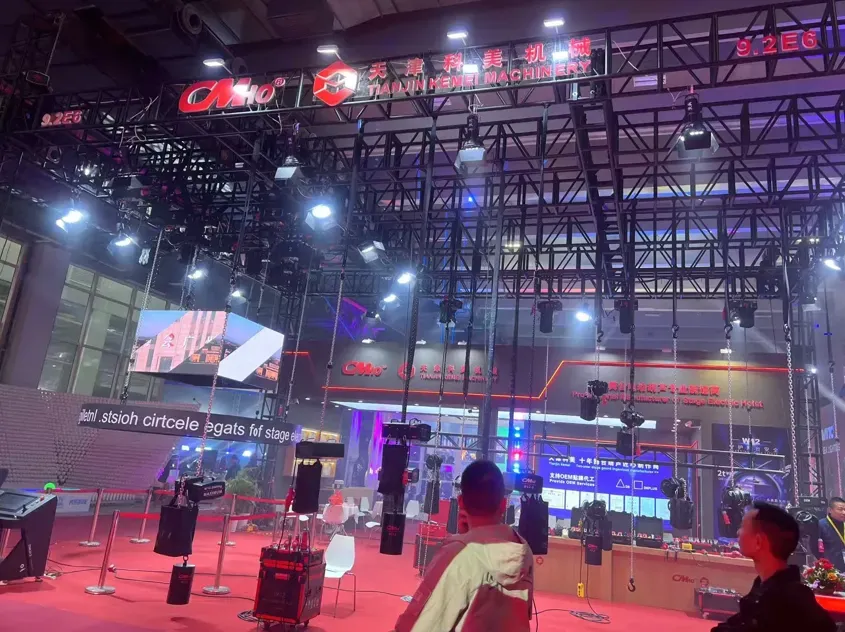
2025-02-27
创始人
0
GET show Guangzhou (International) Performing Arts...
Tianjin Kemei Machinery Manufacturing Co., Ltd. has been deeply engaged in the stage equipment manufacturing field for many years and has developed into a modern benchmark e...
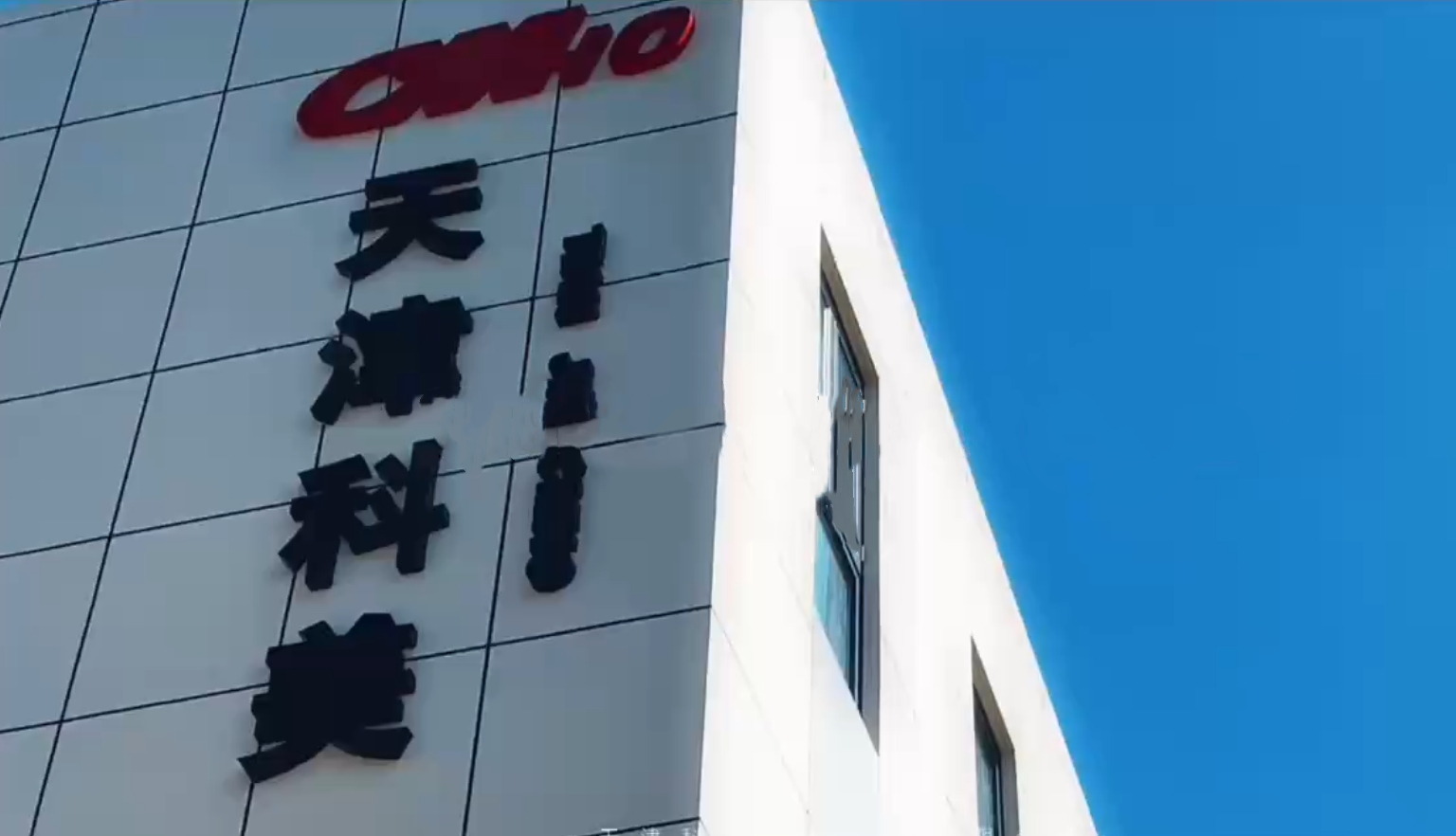
2024-09-24
admin
0
Tianjin Kemei Machinery Manufacturing Co., Ltd. Ne...
Tianjin Kemei Machinery Manufacturing Co., Ltd.: New Starting Point, New Journey - New Factory Relocation Record

